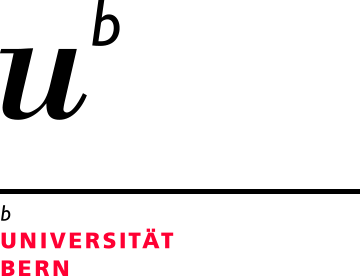Mind Out of Place: What if Nature Thinks?
Slime moulds are brightly coloured, Amoeba-like bags of cytoplasm containing a multitude of individually nucleated cells, of which Physarum polycephalum is a current scientific model organism.
With life cycles that not only lack linearity, but lack a literal beginning or end, slime moulds muddy the species-hygiene that Science manufactures to carve order into the pulsating, mutating effervescence that is Nature’s signature. Ontologically indeterminate, like an enduring hologram its contents are thousands of tiny ‘clones’ of itself, though discerning self is impossible; it is synchronously neither exclusively a community nor an individual; and due to its environmental co-constitution, discerning where it actually is remains a puzzle. It is unclear whether Physarum should be treated as one giant system, one organism, a system of replicates, a series of clones of one original, authentic Physarum, or a collection of individual organisms simply residing within close proximity. Is this sociality? Or is the social always already biological?
In recent years, Physarum has become of interest in the Biological Sciences, due to an unpredicted level of cognitive literacy for an amoeba. Research has discovered that slime moulds learn, memorise events and routes, make decisions, form preferences, selectively forage for food, and solve with unpredicted accuracy a range of complex challenges that scientists have set them. So far it has perfectly anticipated the itinerary of the Silk Road, outwitted human engineers in transport network organisation, solved puzzles supercomputers cannot, replaced machines to control microchips, and driven robots. In many of the experiments thus far, it has greatly outperformed humans.
However, given the evidence of clear sophistication in cognitive articulation, a peculiar trend haunts the scientific discourse surrounding this research. There is a curious disconnect in the evidence it establishes and the ways in which the slime moulds are being imagined- or indeed, discursively devised. An intriguing cast of terms frequently emerge that dilute and appear to consciously skew the scientific evidence for cerebral complexity; ‘programming’ is used in place of cognition, ‘signaling’ instead of language, and ‘anticipation’, not memory. ‘Simple’, ‘primitive’, and ‘lower’ repeatedly appear in the very papers that the remarkable results of these experiments are published in; mere programs, they are simply obeying chemical and biological laws.
This particular branch of my work entertains questions of consciousness, materiality and the animal, in order to suggest that when it comes to the nature of intelligence, there is no conversion from cognition to matter, ideation to soma; the question instead becomes, what is the ontology of the material? What thus transpires is that an inventory of markers that locate masculine reason against the feminised, primordial and material body, arise as expressions of that very disavowed materiality. Ironically, consciousness is found in, as, corporeality. Or, it is in the nature of nature to cogitate, think, write, speak.
Considering the thoughtful slime mould as a heuristic to open the question of consciousness as traditionally conceived, it poses several key questions: If thought is read as an imperative, as always already knitted into Nature’s undulating patternment, does it require a body (or a brain, or a nervous system) in which to reside? Like the slime mould, is it possible that what we recognise to be specifically human is a chemical, biological, algorithmic expression; an iteration of that same Natural program? What does it mean for the human if the location of consciousness appears to already inhere within/as its extended and diverse corporeality? What if Nature thinks?

